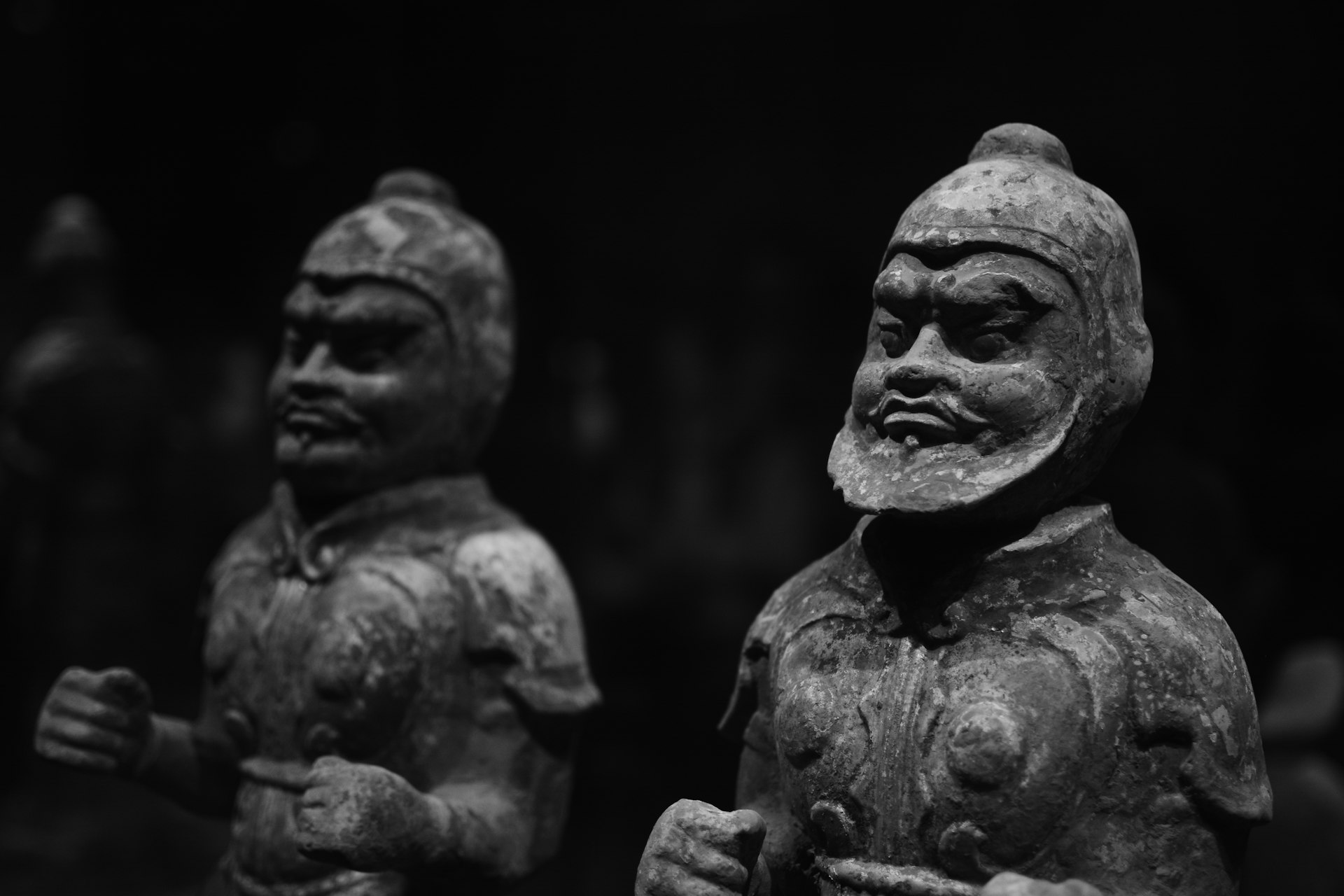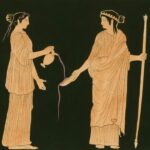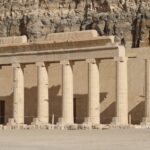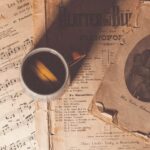Unlocking Wisdom: The Enduring Power of Oral History and Storytelling Traditions


Photo by Zhenzhi Mao on Unsplash
Introduction: The Timeless Role of Oral History and Storytelling
Throughout human existence, the spoken word has served as the primary vessel for preserving and transmitting knowledge, values, and identity. Even in today’s digital world, oral history and storytelling traditions remain vital for maintaining the cultural fabric of communities globally. These traditions connect generations, foster belonging, and ensure the survival of wisdom that might never be captured in written form. Understanding, participating in, and documenting these practices is essential for anyone seeking deeper connection to heritage and community.
What Are Oral History and Storytelling Traditions?
Oral tradition refers to the process by which societies transmit knowledge, beliefs, art, and cultural practices through spoken word rather than written records. This includes not only stories and myths but also songs, chants, folktales, rituals, and even laws. Oral storytelling is the practice of sharing these narratives in intimate, often communal settings, allowing stories to adapt with each telling and each audience [1] [2] . These methods have been practiced by countless cultures, from Native American and African societies to the Aboriginal peoples of Australia and beyond.
The Importance of Oral History and Storytelling
Oral history and storytelling serve several critical functions within societies:
- Cultural Preservation: Stories encode community values, beliefs, and collective memory, ensuring they endure across generations [5] .
- Education: Narratives teach important life lessons, social norms, and survival skills. In traditional societies, stories often function as the primary educational tool for children and adults alike [4] .
- Community Cohesion: Sharing stories strengthens family and communal bonds, helping listeners connect with their ancestors and each other [3] .
- Identity and Continuity: Oral traditions help individuals and groups maintain a sense of identity, especially for those whose histories were marginalized or erased in written records [5] .
Key Forms and Practices
Oral storytelling takes many forms depending on the culture and context. These may include:

Photo by Arthur A on Unsplash
- Myths and Legends: Sacred or foundational stories explaining the origins of the world, natural phenomena, or social customs.
- Folktales and Fables: Entertaining tales with moral lessons, often featuring animals or legendary heroes.
- Historical Accounts: Testimonies of past events-including migration, conflict, or leadership-shared by recognized keepers of history.
- Ceremonial Storytelling: Stories shared during religious or communal ceremonies, sometimes accompanied by music, dance, or visual art, such as the use of winter counts among Plains Indigenous peoples [4] .
How to Access and Document Oral History and Storytelling Traditions
If you are interested in accessing or participating in oral history and storytelling traditions , consider the following approaches:
- Engage Directly with Community Elders or Storytellers: Many communities have designated tradition bearers. Attend community events, festivals, or ceremonies where stories are shared. If you are not part of the community, approach with respect and request permission to listen or record if appropriate.
- Participate in Workshops or Public Programs: Museums, cultural centers, and universities often host oral storytelling workshops or public talks. For example, the Smithsonian National Museum of the American Indian frequently features programs on oral traditions. Visit their official website and search for “storytelling programs” for current offerings.
- Interview Family Members: Family elders are invaluable sources of personal and local history. Prepare open-ended questions, listen actively, and, with permission, record their stories for future generations.
- Use Established Oral History Collections: Many libraries and archives house audio or video collections of oral histories. The Library of Congress, for instance, offers extensive oral history projects accessible to the public. Search for “Library of Congress oral history collections” to find these resources .
- Document Your Own Stories: Share your experiences and memories with others, either through conversation or by recording your own oral history. This can be as simple as using a smartphone or as formal as contributing to a community archive.
When documenting oral histories, always obtain informed consent, clarify how the material will be used, and respect any cultural protocols regarding the sharing of sacred or sensitive stories.
Challenges and Solutions in Preserving Oral Traditions
While oral traditions are resilient, they face challenges in the modern world:
- Language Loss: Many storytelling traditions are tied to Indigenous or minority languages at risk of disappearing. Language revitalization efforts, such as intergenerational language programs, can help sustain these traditions [5] .
- Technological Barriers: While technology offers tools for recording and sharing stories, it can also disrupt traditional modes of transmission. The best practice is to use technology as a supplement rather than a replacement for in-person storytelling.
- Cultural Appropriation and Misrepresentation: Outsiders sometimes misuse or misrepresent stories. Always seek guidance and permission, and prioritize community-led documentation projects.
- Intergenerational Gaps: Younger generations may be less familiar with traditional stories. Encouraging youth participation through school programs, digital storytelling, and family activities helps bridge this gap.
Alternative Approaches and Modern Applications
Today, oral history and storytelling continue to evolve:
- Digital Storytelling: Podcasts, video diaries, and social media enable wider sharing of oral narratives. While these platforms expand reach, they require thoughtful curation to maintain authenticity and context.
- Community Archives and Story Circles: Many organizations facilitate story circles or community archives where people can gather to share and document local histories.
- Educational Integration: Schools and universities increasingly incorporate oral storytelling in curricula to foster cultural awareness and critical thinking.
To explore these opportunities, you can:
- Search for “oral history workshops” or “digital storytelling courses” through reputable cultural organizations or educational institutions.
- Contact your local library or cultural center to ask about oral history collections and events.
- Explore online oral history projects, such as those hosted by university libraries or major museums.
Practical Steps for Getting Involved
- Identify Community Resources: Reach out to local cultural organizations, Indigenous groups, or historical societies for information on storytelling events or oral history projects.
- Learn Best Practices: The Oral History Association provides ethical guidelines for conducting and preserving oral histories. You can visit the official Oral History Association website and search for their “Principles and Best Practices” document for detailed guidance.
- Volunteer or Participate: Many community archives and museums welcome volunteers to help record, transcribe, or curate oral histories.
- Respect Protocols: Always honor cultural protocols and permissions, especially when dealing with sacred or sensitive material.
Key Takeaways
Oral history and storytelling traditions are living practices that keep communities vibrant, connected, and resilient. Whether you are preserving your own family’s stories or supporting the traditions of others, your involvement helps sustain this vital heritage for generations to come. By engaging respectfully and seeking out opportunities to participate or document, you contribute to the ongoing story of humanity itself.
References
- [1] Wikipedia (2024). Oral storytelling – Overview, forms, and cultural role.
- [2] Fiveable Library (2025). American Oral Storytelling Traditions.
- [3] Wikipedia (2024). Oral tradition – Transmission and preservation of knowledge.
- [4] Smithsonian National Museum of the American Indian (n.d.). Storytelling and Oral Traditions (PDF).
- [5] Indigenous Foundations, UBC (2016). Oral Traditions – Role in Aboriginal societies.
- Library of Congress (2025). Oral History Projects Collection.






